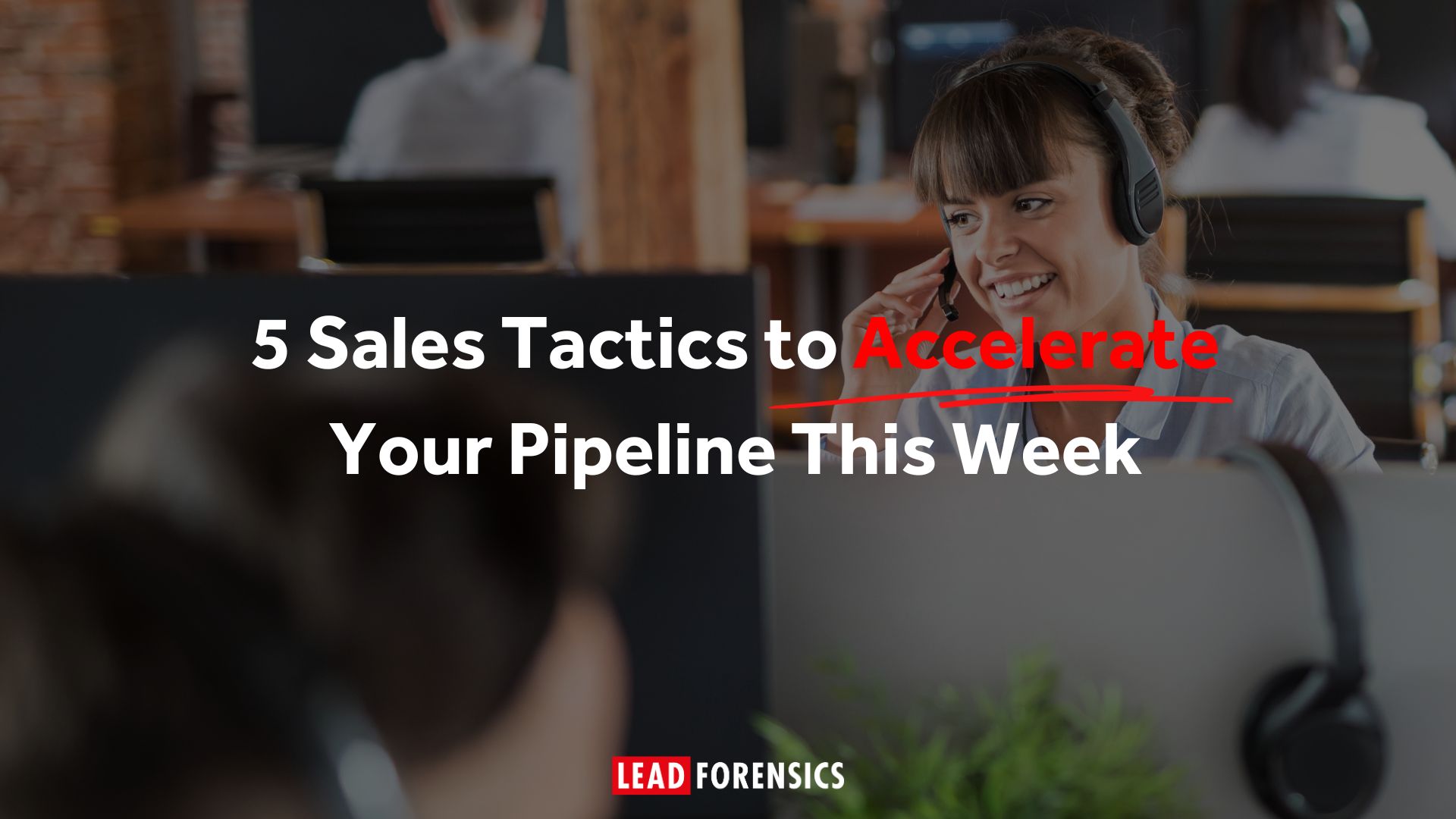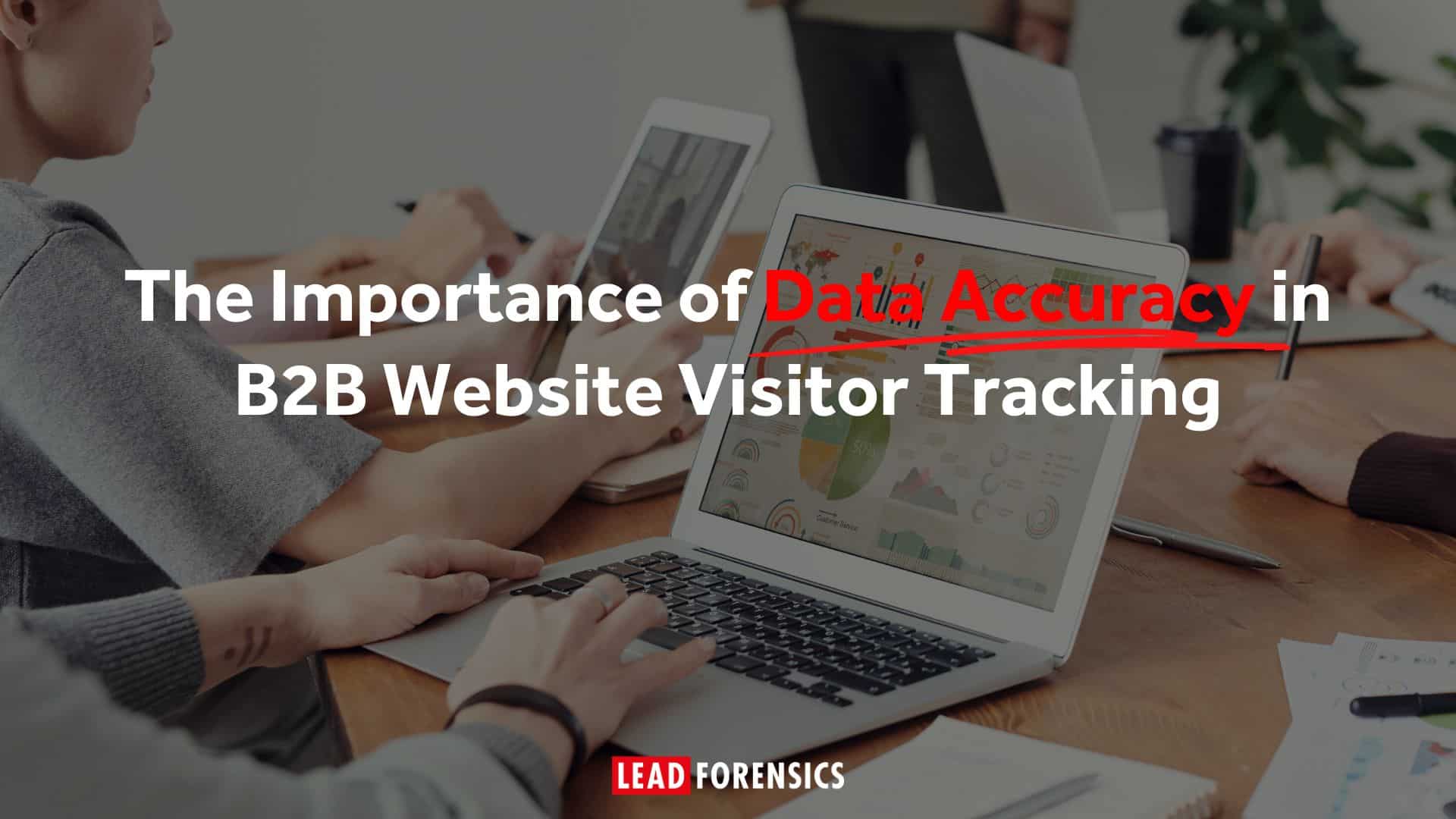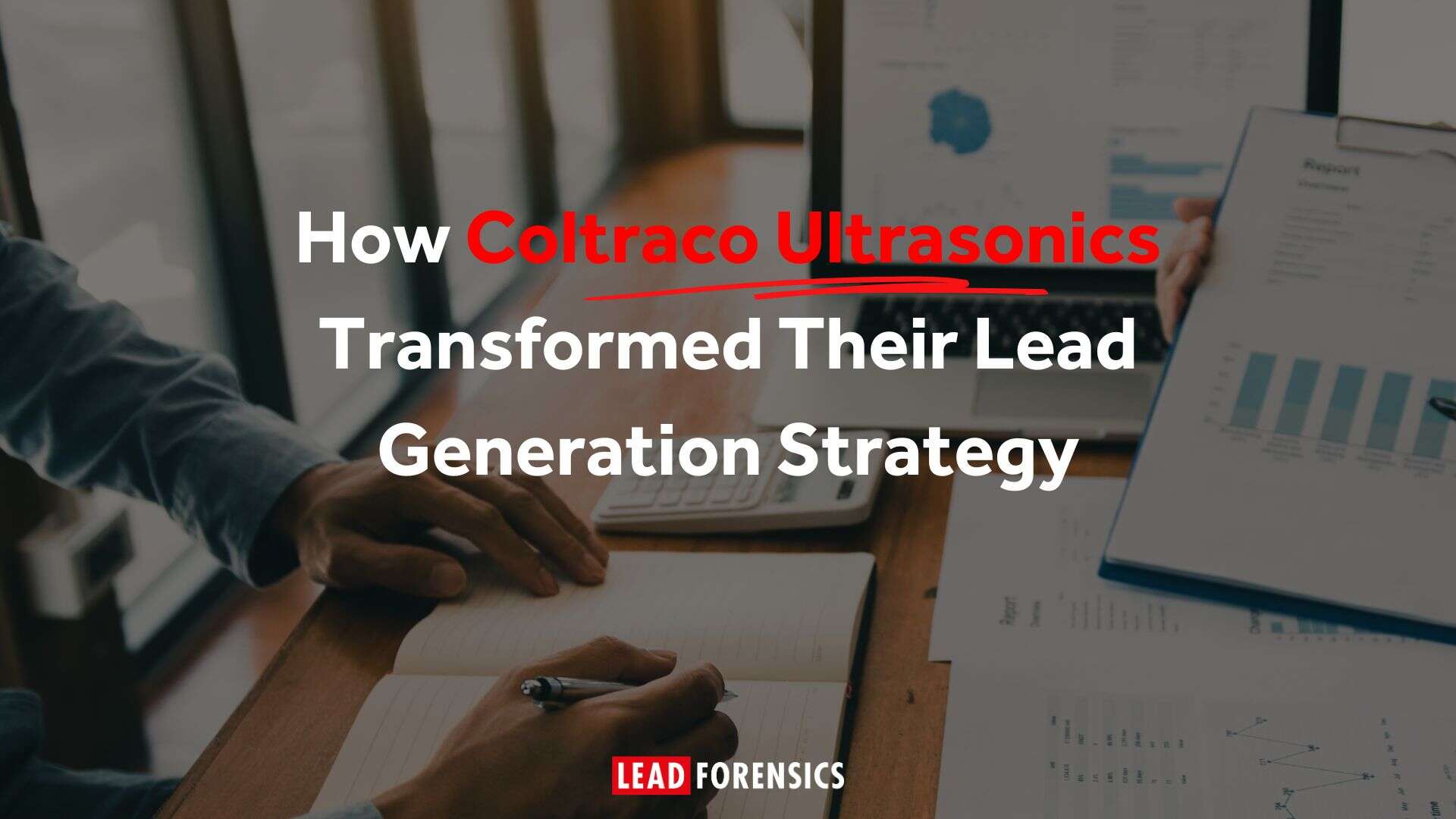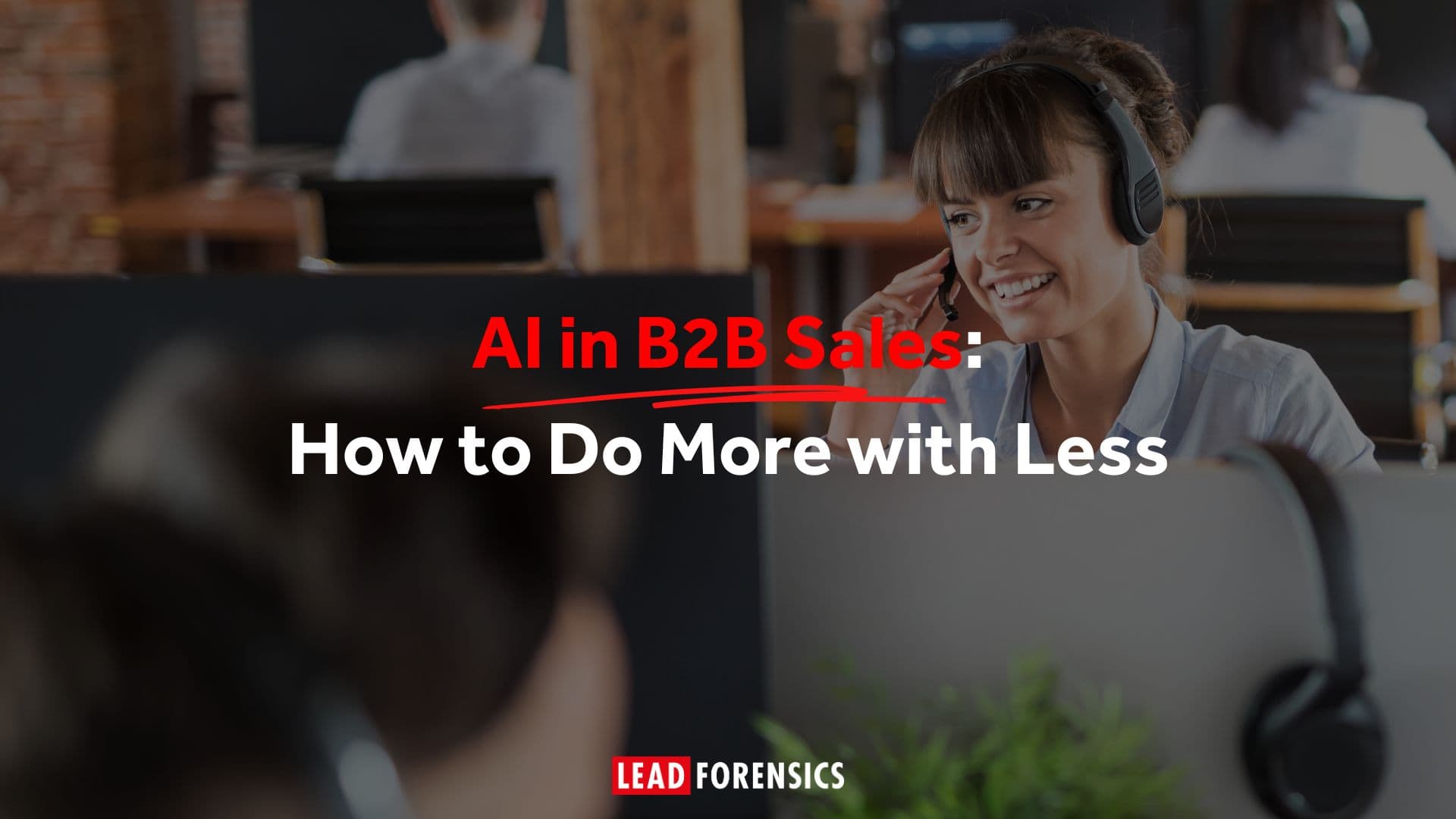These five tactics do just that, helping sales teams like yours to speed up sales cycles, prioritize effectively, and build a more predictable pipeline.
1. Social Selling
Millennial and Gen Z buyers now dominate B2B decisions, and their journey often starts on social.
Social selling isn’t about posting thought leadership or cold-messaging strangers. In 2025, it means:
- Connecting when accounts are already researching you
- Surfacing insights on buyer intent
- Positioning your reps as trusted advisors, not pitch machines
Social is already embraced by marketing teams, with 89% of marketers reporting that they use LinkedIn to generate leads. Insight from the platform itself found that social sellers are 51% more likely to reach quota, and 78% of social sellers out-sell peers who don’t use these platforms.
How to get started with social selling:
- Watch our webinar on how to master the secrets of social selling
- Take a look at our daily LinkedIn cheat sheet for busy sales professionals
- Encourage your team to start sharing content on social media channels
2. Referral Networking
Peer recommendations influence 9 out of 10 B2B deals, Harvard Business Review found. Yet only 11% of reps consistently ask for referrals, which means this a hugely overlooked tactic.
Furthermore, referred prospects convert at a much higher rate. Wharton School of Business found that referred customers are about 25% more profitable, they have a 16% higher lifetime value, and are about 18% less likely to churn.
Referral selling isn’t new, but how top teams approach it is. In 2025, they:
- Trigger referral asks based on NPS or success milestones
- Offer relevant incentives for introductions
- Build referral playbooks inside the CRM
How to get started with referral networking:
- Reach out to customers with an incentive for referrals. It could be anything, from a cash bonus or a free gift to a discounted rate when they renew.
- Ask for referrals once you know a customer is having a positive experience.
- Listen to our podcast about partnership marketing with the CEO of PartnerHacker
3. Try “Challenger” Selling
This sales technique is based on the bestselling book from Matthew Dixon and Brent Adamson. The book outlines 6 different types of distinctive personalities in sales – and found that over 50% of the highest-performing salespeople were Challengers.
This selling style involves researching a prospect and using this insight to challenge their current processes. During a sales call, the goal is to encourage the prospect to think about their entire setup and explore how it could be made more efficient if they put your solution at the heart of it.
If it’s appropriate for your market, Challenger reps can really shine.
You can embrace this style of selling by asking your team to:
- Reframe how prospects think about their current process
- Teach prospects something new about their pain
- Tie disruption to a business outcome worth acting on
To level-up the performance, it can help to combine Challenger messaging with website behavior insights. This not only brings more personalization to the call, but also helps position your reps as trusted experts and not just sellers.
For example, you could say something like: “I saw your team looking at our CNC automation solutions page on our website. A lot of operations leaders we work with underestimate the downtime risk of not integrating their legacy machines. But we’ve seen clients cut setup time by 30% when they unify their platforms. Is that something you’d be open to exploring?”
4. Modern SPIN Selling
SPIN selling focuses on the questions you should use to qualify your new B2B sales leads:
- S What’s their current situation? How can you tailor your pitch to meet their needs?
- P What are their challenges, weaknesses or hindrances? How can you resolve that challenge for them?
- I What’s the impact of those problems on the business if left unresolved? How can you establish a sense of urgency and help them understand the risk of not taking action?
- N How can you help the prospect understand the value of your solution and build their need for your business?
The author of this methodology (Neil Rackham) found that the approach increases sales volume by 18%. And although it may be 30 years old, it still works today.
But now, it’s not about asking more questions, it’s about asking the right ones based on real-time context from website visitor identification software.
You can combine this insight to add more context to your questions. For example:
- Tailor Situation questions to the content they’ve viewed on your website
- Dig into Problem gaps they’re trying to solve
- Highlight Implications of not acting
- Quantify the Need Payoff with ROI examples
5. Warm Calling
Cold calling still works. But if you can reach out to prospects that are already aware of your business and engaging with your website, your conversions will improve. This type of warm calling can see conversion rates at three or four times the performance of cold calls.
In fact, 65% of sales reps say that access to buyer intent data significantly improves their ability to close deals, according to HubSpot’s Sales Trends Report 2024.
Warm calling accelerates your pipeline because it allows you to call a prospect when they’re hot. And if you can identify them before they even reach out or identify themselves as a potential buyer, you have the opportunity to convert them before they find themselves looking at your competitors.
It’s easy to get started with warm calling:
- You need some way to identify leads from your website, whether that’s a lead generation form or something like visitor identification software.
- You need context about what they were browsing on your website
- You need to prioritize these leads and encourage sales reps to thoroughly research and prepare for their warm calls
We have a range of resources to help you get started with warm calling:
- Read our eBook about how to close more deals with warm calling
- Watch our Warm Calling Playbook webinar
- Get tips on how to write your warm calling script
Bonus: Try Website Visitor Identification for More Insights
Lead Forensics helps sales leaders accelerate pipeline by turning anonymous website visitors into actionable sales opportunities.
Instead of waiting for form fills or relying on cold outreach, our platform helps your reps prioritize the accounts that already showing intent. That means faster engagement, shorter sales cycles, and better conversion rates.
Plus, our seamless CRM integration and real-time alerts give your sales teams the visibility they need to act on warm leads instantly, so they can spend less time chasing bad-fit prospects and more time closing deals. Book your demo and free trial now.







